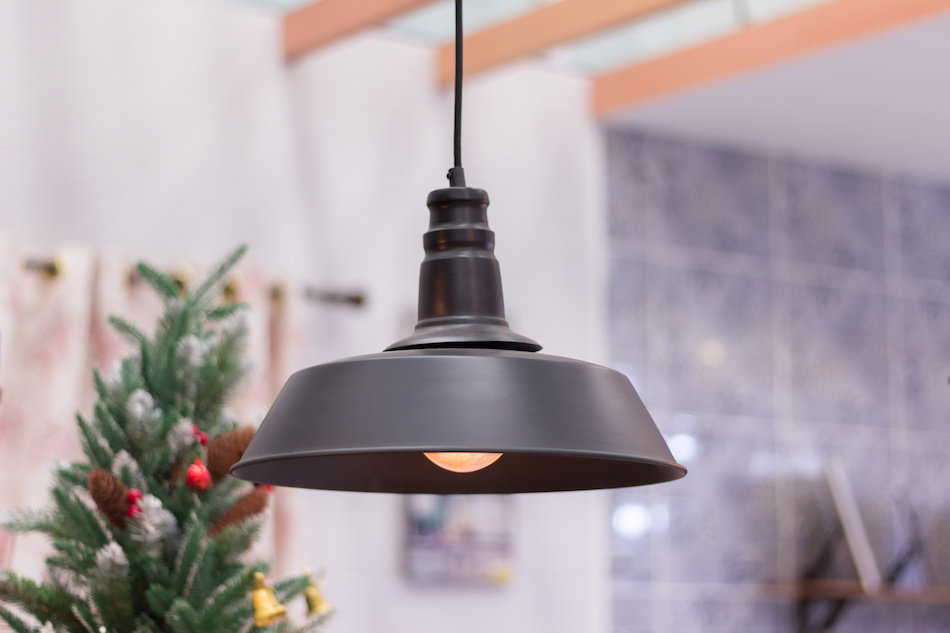 Every room in the home should be layered with a mix of ambient light and specialty fixtures to complement natural daylight. Not only does proper lighting make everyday tasks easier, but the right light in the right places improves room functionality, beautifies the space, improves the probability of a home sale, and can even alter human moods.
Every room in the home should be layered with a mix of ambient light and specialty fixtures to complement natural daylight. Not only does proper lighting make everyday tasks easier, but the right light in the right places improves room functionality, beautifies the space, improves the probability of a home sale, and can even alter human moods.
There are some simple lighting principles that are easy to master. Here are some tips on how to do it right:
Basic Lighting Principles
Designers and Builders usually identify three types of lighting:
- Ambient: The overall lighting usually activated by flipping a switch upon entering a room.
- Task Lighting: Fixtures designed for a specific purpose include vanity lights in a bathroom or under-cabinet lighting strips for kitchen tasks. Also in this category are the lights that are needed for safety indoors and out, including entry fixtures and stairwell lights.
- Accent Lighting: Wall sconces, table lamps or art lighting that serves a specific purpose or adds personality.
Develop a Plan
Planning for electrical needs and specialty light fixtures is always easier when building new or undertaking a major remodel. But, it's also possible to add lighting variety and modernize older wiring. It simply requires the input of a professional, and an understanding of code and electrical service requirements. Always plan ahead so that receptacles and switches are located properly for specific needs. A coordinated whole-house plan offers savings in terms of cost, efficiency and effectiveness.
Consider Natural Light
Ideally, a room's lighting plan will supplement available natural light. Room with abundant windows may need very little additional light for daytime use; rooms that are used primarily in the evening or for specialized activities—dining rooms, home offices, home theaters, and even master bedrooms—have differing requirements.
Things to keep in mind to plan a coordinated lighting scheme are room orientation, use, cost and style. With today's available options, it's as easy to create bright, cheerful spaces in windowless basements as it is to install mood lighting for a personal bedroom retreat or home spa.
Light a Room for Its Specific Uses
Every room should have a balance between ambient, task and accent lighting. Think of it this way: While every room should have a switch that will provide some light upon entering the space, the more important lighting can be controlled at the point of use. Single ceiling fixtures still fulfill that requirement in many rooms, but track lighting, strategically-placed recessed cans, decorative wall sconces and hanging pendants are modern, stylish choices for many rooms, including sometimes forgotten baths and hallways.
Task lighting is especially important in kitchens, bathrooms, laundry areas and even the garage. Accent lighting addresses specific needs, eliminates dark corners and shadows, and addresses safety concerns as well as adding individuality.
Utility Areas
Light halls, closets and stairwells for safety and convenience. Some of the newer options are the most exciting and offer high style as well. Consider installing a door jamb switch for closet lights for hands-free operation. They also eliminate worries about turning lights off. Think about rope lighting or wall-mounted tread lights for interior and exterior steps, in addition to overhead fixtures or wall sconces.
In bathrooms, install recessed waterproof fixtures over tubs and in showers; add a funky chandelier in a large master bath, just for the fun of it, and explore the advantages of hanging pendants or adjustable swing-arm fixtures rather than traditional strip lighting over a vanity.
Take Advantage of Technology
Modern lighting options offer a whole new world of possibility in Bay Head homes: Motion-activated lighting, voice controls, smart apps, energy-efficient bulbs and a range of lighting spectrum choices are just some of the futuristic developments. Home automation and smart home technology are not new on the scene, but they have entered the domain of lighting and electrical design, and low-voltage and wireless technology are now major components of electrical design. Become tech-savvy by exploring all the options. Lighting up a home today is an exciting prospect!

Leave A Comment